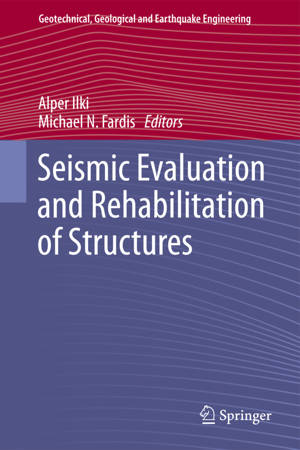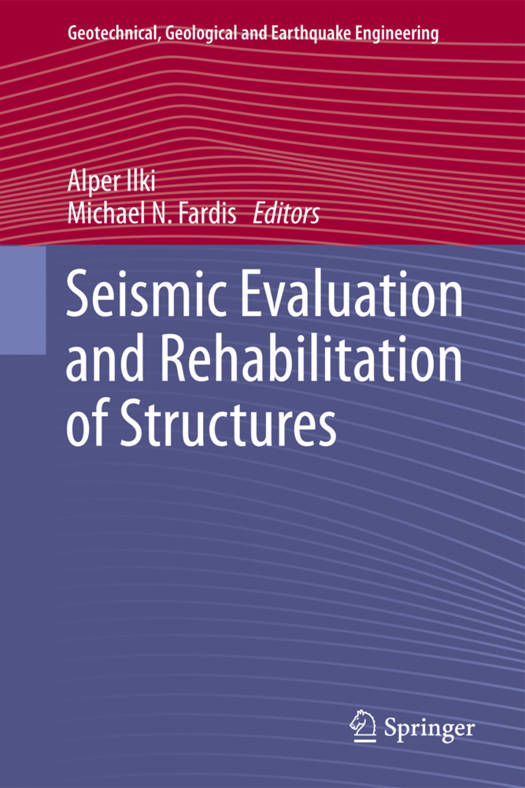
- Retrait gratuit dans votre magasin Club
- 7.000.000 titres dans notre catalogue
- Payer en toute sécurité
- Toujours un magasin près de chez vous
- Retrait gratuit dans votre magasin Club
- 7.000.0000 titres dans notre catalogue
- Payer en toute sécurité
- Toujours un magasin près de chez vous
Seismic Evaluation and Rehabilitation of Structures
Description
In the past, facilities considered to be at the end of their useful life were demolished and replaced with new ones that better met the functional requirements of modern society, including new safety standards. Humankind has recently recognised the threats to the environment and to our limited natural resources due to our relentless determination to destroy the old and build anew. With the awareness of these constraints and the emphasis on sustainability, in future the majority of old structures will be retrofitted to extend their service life as long as feasible. In keeping with this new approach, the EU's Construction Products Regulation 305/2011, which is the basis of the Eurocodes, included the sustainable use of resources as an "Essential Requirement" for construction. So, the forthcoming second generation of EN-Eurocodes will cover not only the design of new structures, but the rehabilitation of existing ones as well.
Most of the existing building stock and civil infrastructures are seismically deficient. When the time comes for a decision to prolong their service life with the help of structural and architectural upgrading, seismic retrofitting may be needed. Further, it is often decided to enhance the earthquake resistance of facilities that still meet their functional requirements and fulfil their purpose, if they are not earthquake-safe. In order to decide how badly a structure needs seismic upgrading or to prioritise it in a population of structures, a seismic evaluation is needed, which also servesas a guide for the extent and type of strengthening. Seismic codes do not sufficiently cover the delicate phase of seismic evaluation nor the many potential technical options for seismic upgrading; therefore research is on-going and the state-of-the-art is constantly evolving. All the more so as seismic evaluation and rehabilitation demand considerable expertise, to make best use of the available safety margins in the existing structure, to adapt the engineering capabilities and techniques at hand to the particularities of a project, to minimise disruption of use, etc. Further, as old structures are very diverse in terms of their materials and layout, seismic retrofitting does not lend itself to straightforward codified procedures or cook-book approaches. As such, seismic evaluation and rehabilitation need the best that the current state-of-the-art can offer on all aspects of earthquake engineering. This volume serves this need, as it gathers the most recent research of top seismic experts from around the world on seismic evaluation, retrofitting and closely related subjects.
Spécifications
Parties prenantes
- Editeur:
Contenu
- Nombre de pages :
- 497
- Langue:
- Anglais
- Collection :
- Tome:
- n° 26
Caractéristiques
- EAN:
- 9783319004570
- Date de parution :
- 05-09-13
- Format:
- Livre relié
- Format numérique:
- Genaaid
- Dimensions :
- 160 mm x 234 mm
- Poids :
- 1133 g

Les avis
Nous publions uniquement les avis qui respectent les conditions requises. Consultez nos conditions pour les avis.





